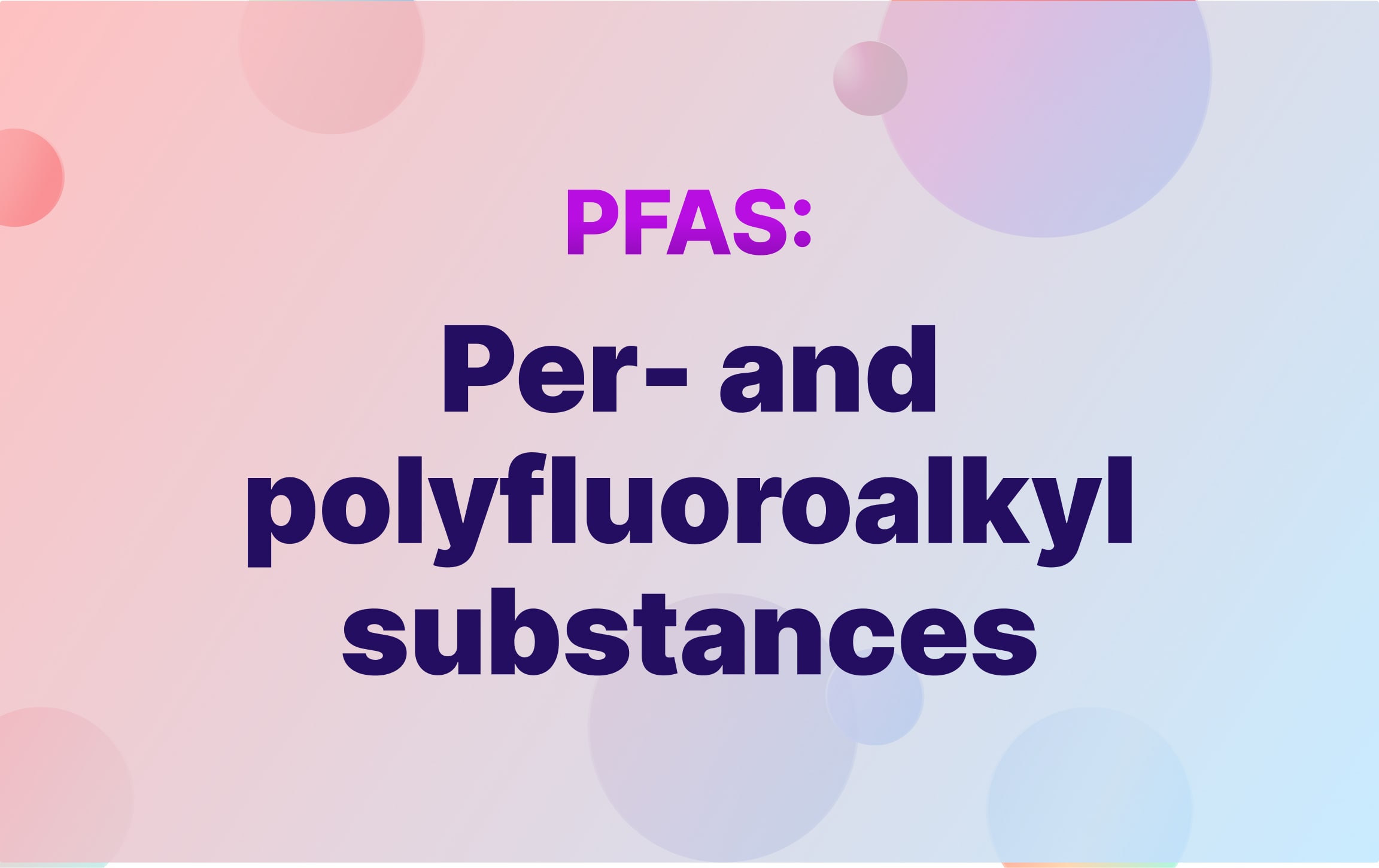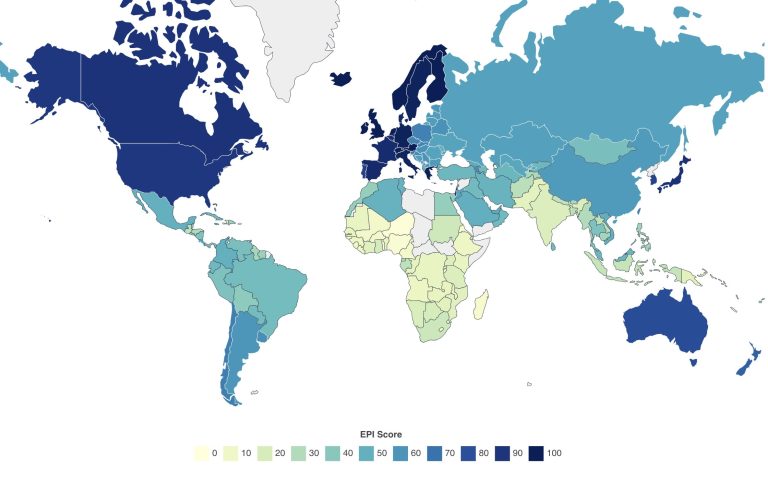Per- and polyfluoroalkyl substances (PFAS) are a large and diverse class of synthetic chemicals that have been used in various industrial and consumer applications for over 60 years. These chemicals are known for their unique properties, including resistance to heat, water, and oil, which make them highly valuable in numerous products but also raise significant environmental and health concerns.
Chemical Structure and Properties of PFAS
PFAS are characterized by their carbon-fluorine bonds, one of the strongest bonds in organic chemistry. This bond imparts exceptional stability and resistance to degradation, both chemically and thermally. The class includes thousands of compounds that can be broadly categorized into two main groups:
Perfluoroalkyl substances: These contain only carbon-fluorine bonds.
Polyfluoroalkyl substances: These contain a mix of carbon-fluorine and carbon-hydrogen bonds.
The stability of PFAS means they do not break down easily in the environment, leading to their classification as “forever chemicals” due to their persistence.
Commercial Uses for PFAS
PFAS have been utilized in a wide array of products and applications, including:
- Non-stick cookware (e.g., Teflon)
- Water-repellent fabrics and textiles
- Firefighting foams
- Food packaging materials
- Industrial processes such as metal plating and electronics manufacturing
- Their ability to repel water and oil, along with their thermal stability, makes them indispensable in these applications.
Environmental Persistence and Bioaccumulation
One of the most concerning aspects of PFAS is their persistence in the environment. PFAS do not degrade naturally, leading to their accumulation in soil, water, and air. This persistence results in widespread environmental contamination, affecting ecosystems and entering the food chain. PFAS can bioaccumulate in living organisms, leading to higher concentrations in top predators, including humans.
Health Impacts of PFAS
Exposure to PFAS has been linked to a variety of adverse health effects in humans and animals. Some of the documented health impacts include:
- Increased cholesterol levels
- Liver damage
- Immune system suppression
- Endocrine disruption
- Reproductive and developmental issues
Studies have shown that nearly every human and animal has been exposed to PFAS to some extent, primarily through contaminated water, food, and consumer products. The health risks associated with long-term exposure to these chemicals are a significant public health concern.
PFAS Regulatory and Remediation Efforts
Due to their persistence and potential health risks, PFAS have become a focus of regulatory efforts worldwide. Authorities are working to identify and mitigate the use of PFAS through various measures:
- Regulation: Governments are imposing stricter regulations on the manufacture, import, and use of PFAS. For example, the European Union has initiated strategies to regulate PFAS comprehensively.
- Substitution: Efforts are underway to find safer alternatives to PFAS in industrial and consumer products.
- Remediation: Technologies are being developed to remove PFAS from contaminated sites, including advanced filtration systems for water treatment.
PFAS are a complex and highly persistent class of chemicals with widespread use and significant environmental and health implications. Their unique properties have led to their extensive application in various industries, but their resistance to degradation and potential for bioaccumulation pose serious challenges.
Ongoing research, regulatory measures, and remediation efforts are crucial to addressing the risks associated with PFAS and protecting public health and the environment.





